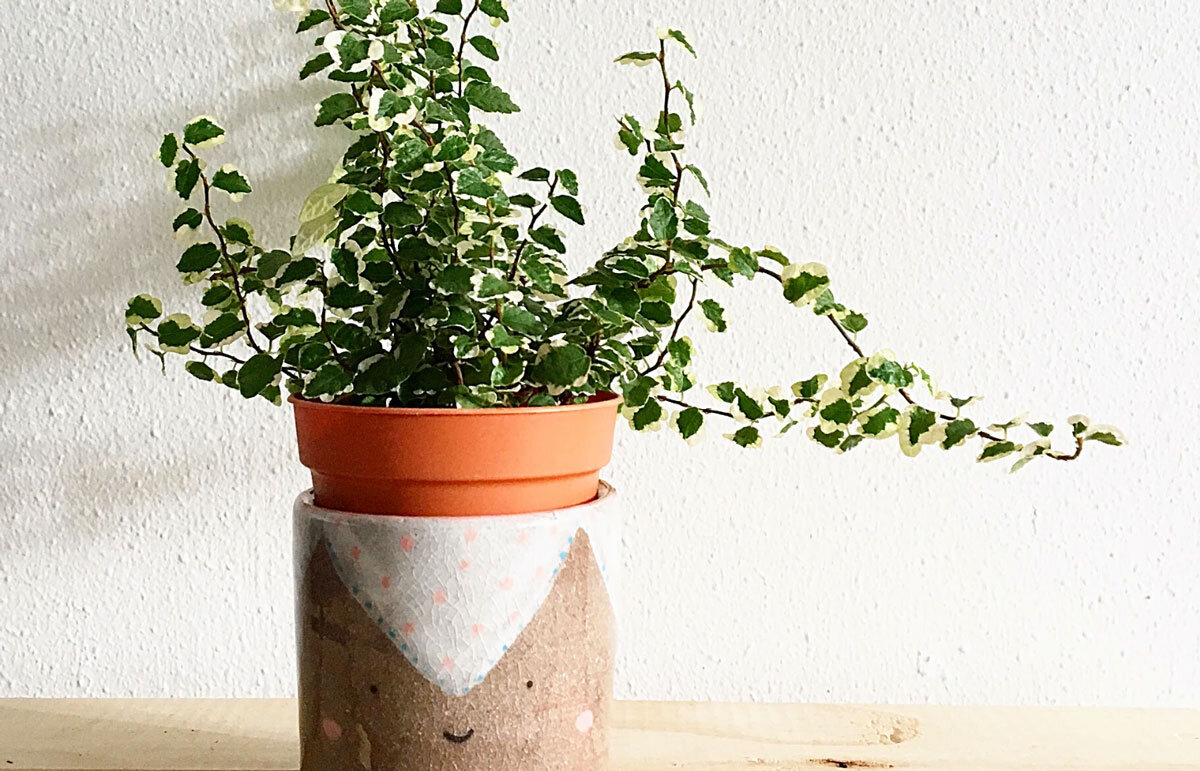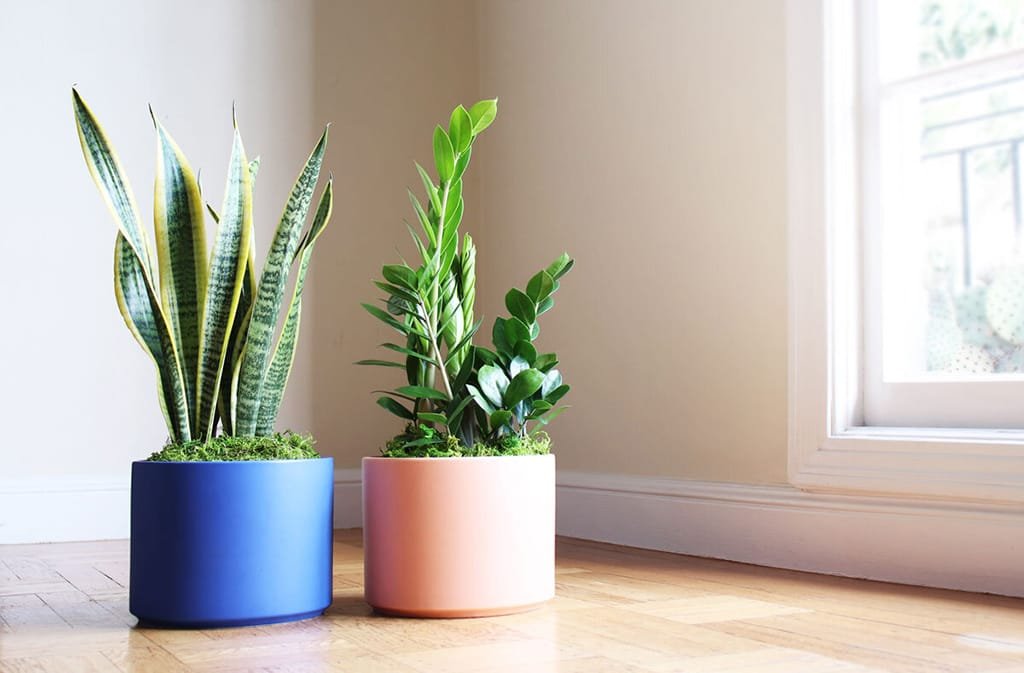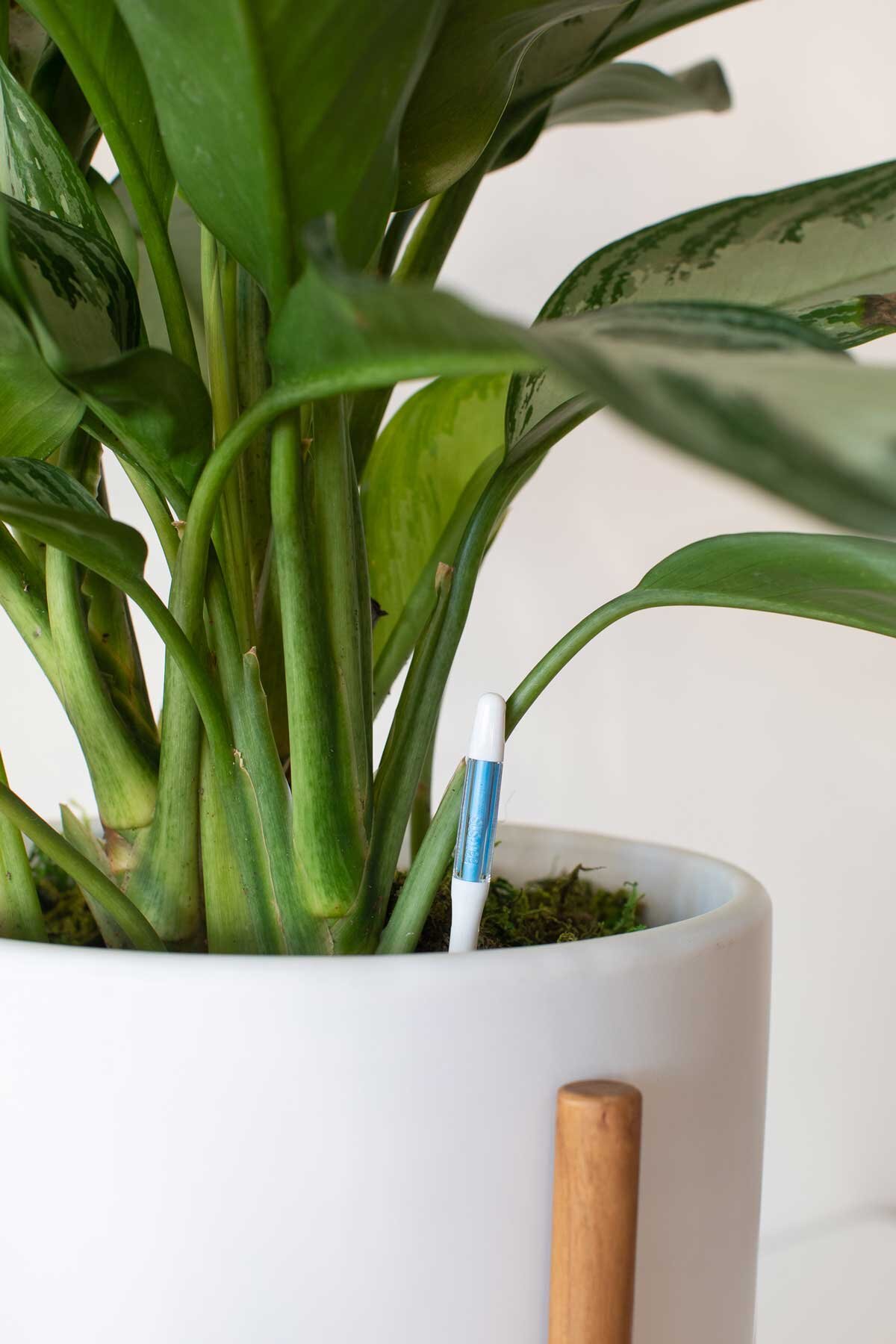How To Fit Your Plant To Your Pot
Photo via @5thavenueflowers
The latest in plant care tips for keeping your foliage happy and healthy, brought to you by premium plant delivery service Léon & George.
—
One of the great dilemmas of the modern green thumb is the surprising amount of planters whose dimensions are just off. To the naked eye, they seem like the perfect fit, but when you place the plant inside, the nursery pot gets swallowed by the planter, or worse, sticks out like a sore thumb.
Of course, many may choose to plant directly in the pot, whether it’s ceramic, plastic, terracotta or another material. But planting directly inside the planter may not always be an option, especially if there is no drainage.
How to remedy this issue then? In a nutshell it’s called staging, and we’re excited to share some secrets with you for how to optimally (and attractively!) fit your plant to its pot.
Trimming the nursery pot
In order for your plant to fit its pot, you may need to trim the nursery pot an inch or two, cutting around the edge to remove some of its height. Your plant won’t suffer! Keep in mind that this might require a sharp blade or other tool, as many nursery pots are made with tough plastic that won’t easily be cut through with scissors.
Fitting the width of your planter
Most nursery pots come in standard sizes of 4”, 6”, 8”, 10”, etc widths. If your planter is wider than your nursery pot, you may like to fit it so that there’s no wiggle room in between. Any material will work for this, but the cleanest and easiest solution is by wrapping the nursery pot with a foam collar, as you would fit a hat to your head!
Elevating your plant inside the pot
No drainage hole? Have a heavy hand with watering? You may like to create some elevation to ensure your plant never sits in water for prolonged periods. Our ceramics are 100% water sealed, too, which means any excess water will simply sit at the bottom of the pot. Many plants like to drink from the bottom up, so if you have a good sense of how much water your plant needs, you may like to place your plant directly on the floor of its planter. If you’re afraid of overwatering, though, use a block of styrofoam or similar material to create elevation.
Adding the final touch
To keep things looking neat, add decorative moss, rocks, or similar to the top of the soil. Voilà! You’ve perfectly staged your plant, and guess what? Staging has added benefits for indoor greenery, like increased airflow to the soil, less chance of overwatering, and easy, mess-free swapping out if you decide you want to refresh the planter!
Staging your plant, start to finish. Illustration by @kail_bales
Indoor plants, potted & delivered
Premium plants paired with stylish ceramics, plus lifetime plant care support. Order online at leonandgeorge.com










